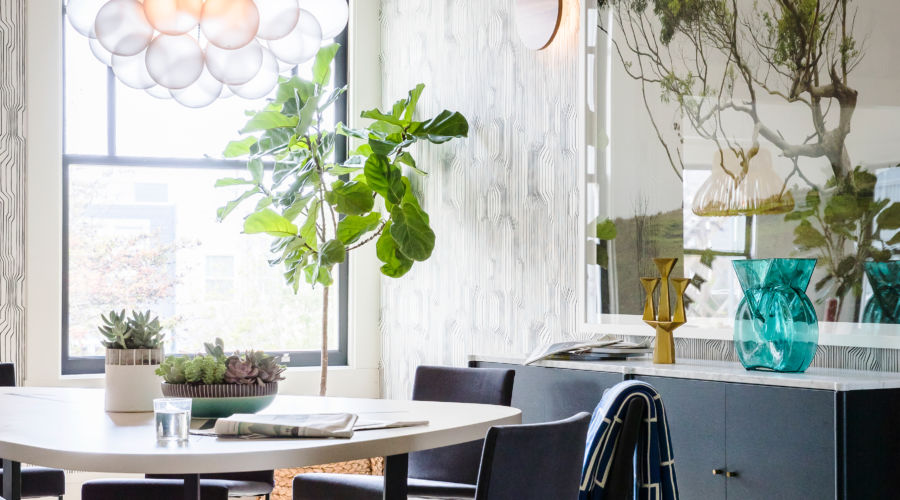The impact of air pollution on your health is significant. Over nine out of ten people constantly breathe unhealthy air across the globe, according to the Environmental Defense Fund (EDF). This figure is alarming because the EDF also found that polluted air is the biggest environmental risk for premature death.
Deadly Air
It’s known to be responsible for early deaths from stroke, respiratory diseases, heart attacks and even diabetes. According to the Minnesota Pollution Control Agency, air pollution affects people differently. The people who are most at risk are young children, older adults and those with pre-existing conditions, especially ones that involve the lungs and heart.
A paper published in the Journal of the American Medical Association also found that people who are constantly exposed to air pollution are at high risk of developing emphysema. Emphysema is a lung condition in which the air sacs in the lungs get damaged over time, causing shortness of breath. The risk is higher than smoking a pack of cigarettes a day. You may think that you only need to worry about outdoor air, since it’s where you’re exposed to a variety of pollutants like vehicle and factory exhaust, but the risk is as, if not worse, indoors.
Cooking residue, paint and mold spores are considered air pollutants that can harm your health, according to a study published in the Science of the Total Environment. One of the co-authors of the study stated that the air you breathe indoors is often more polluted than what you get outside. And if your HVAC system isn’t as efficient at filtering air, you may end up bringing in nasty outdoor air into your home, too.
Air quality should always be at the top of your house hunting checklist. If you’ve already bought a house, here are ways to improve its indoor air quality.
Keep Your Home Clean
Even if you don’t see any dust bunnies creeping up your bed and sofa, your home might still be filled with dirt, dust, and animal dander (if you have pets). Your pipes may also be leaking in parts of your home you can’t see, like inside walls, leading to unchecked mold growth.
Do your best to clean your house of dust and dirt regularly. Use a vacuum cleaner if you can. If possible get rid of items that you don’t use anymore, as they may end up collecting even more dust.
As for the possible mold problem, try inspecting each room in your house. Mold usually creeps in areas that are devoid of light so they can continue to stay moist and grow. Look behind and under your kitchen equipment to see any signs of mold growth. They look like fuzzy stains or discoloration on a surface. They come in a variety of colors, too with common ones being black, white, green, blue and yellow. Mold has a distinct musky smell, as well.
If you suspect that there is mold inside your walls, call a plumber to inspect your indoor pipes for leakage. If there is one, you can expect mold to be growing on the surface it’s leaking on.
You can clean off mold with a cup of bleach diluted in a gallon of water. Scrub it on the affected surface to kill the mold.
Keep Your HVAC System in Good Shape
As mentioned earlier, an inefficient or malfunctioning HVAC system can pull pollutants from outdoor air into your home. You can prevent this by making sure your system is in good shape. First, inspect the filters. Their main function is to ensure impurities like dust, pet dander, and even bacteria don’t get expelled through your AC and heating system. They may accumulate dust and dirt over time, rendering them ineffective.
If yours is filled with dust buildup, you can clean it off with running water. Let your filter dry completely before reinserting and using it again.
Dust, dirt and other harmful pollutants may also get stuck in your ducts and get distributed to different parts of your home when you turn on the AC. It’s not only annoying but also difficult to clean these parts of your HVAC system yourself. It’s best to hire a duct cleaning service that can get rid of all the dirt and pollutants that lurk inside your vents.
Get an Air Purifier
If you want to make sure that the air you’re breathing in is as clean as possible, get an air purifier. They use a fan and multiple filters to clean your indoor air of pollutants. They usually come in different capacities expressed in square feet.
If the purifier you see online has a capacity of 300, it means it can clean air up to 300 square feet of it. Make sure to get a purifier that has a capacity that can handle the size of your room.
Indoor air pollution is not something you should take lightly. There’s a chance your indoor air is more dangerous than what’s outside. And if you get exposed to it for prolonged periods of time, you could end up with mild to serious health conditions. Keep these suggestions in mind when doing upkeep on your home to improve your air quality.
